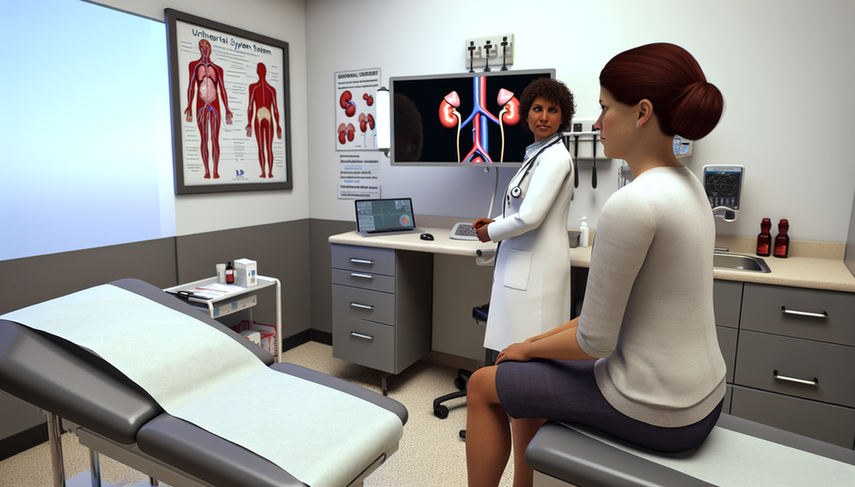Diagnosis of Urinary Tract Infection: Symptoms, Urine Culture, and Differentiation of Pyelonephritis in Dysuria and Urinary Urgency

Dear colleagues, urinary tract infection is one of the most common pathologies encountered in daily clinical practice. Accurate diagnosis is crucial to avoid complications and ensure appropriate treatment. In this article, we will discuss the characteristic symptoms, the importance of urine culture, and the differentiation of this condition.
Symptoms and Initial Evaluation
The most common symptoms of a urinary tract infection include dysuria, urinary urgency, and increased urinary frequency. These symptoms may indicate a possible cystitis, but they can also present in other conditions such as urethritis or vaginitis [1]. It is essential to conduct a detailed medical history and physical examination to identify any features suggesting a complicated infection, such as fever or flank pain, which could indicate pyelonephritis [2].
The use of urine dipsticks can be helpful as an initial screening test, but the urine culture remains the gold standard for confirming the diagnosis of urinary tract infection. The presence of E. coli in the culture is the most common finding [3].
Importance of Urine Culture and Differential Diagnosis
The urine culture not only confirms the presence of bacteria but also allows for antibiotic susceptibility testing, which is essential for guiding appropriate treatment [4]. In cases of candiduria, it is important to differentiate between colonization and invasive infection, especially in critically ill patients [5].
The differential diagnosis of urinary tract infection includes conditions such as interstitial cystitis, benign prostatic hyperplasia, and bladder cancer. Differentiating between urinary tract infection and overactive bladder is crucial, as both can present with similar symptoms but require different therapeutic approaches [6].
Conclusions
Accurate diagnosis of urinary tract infection is essential for effective management. Identifying key symptoms, utilizing urine culture, and considering an appropriate differential diagnosis are fundamental steps in this process. Staying updated on best practices and new research will enable us to provide the best care for our patients.
References
- [1] Dysuria: Evaluation and Differential Diagnosis in Adults
- [2] Xanthogranulomatous pyelonephritis
- [3] Urine dipstick as a screening test for urinary tract infection
- [4] Rapid Identification and Antimicrobial Susceptibility Testing for Urinary Tract Pathogens by Direct Analysis of Urine Samples Using a MALDI-TOF MS-Based Combined Protocol
- [5] Candiduria: A Review of the Literature
Created 5/1/2025
